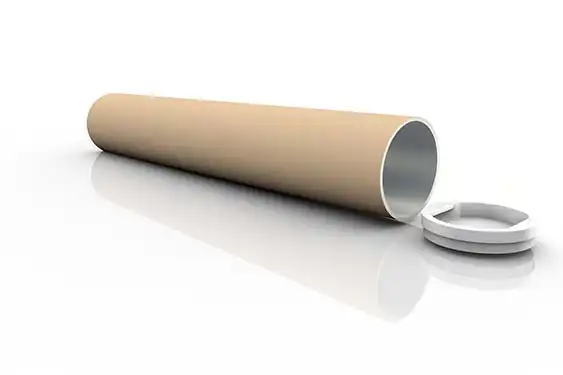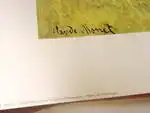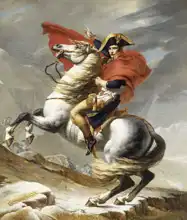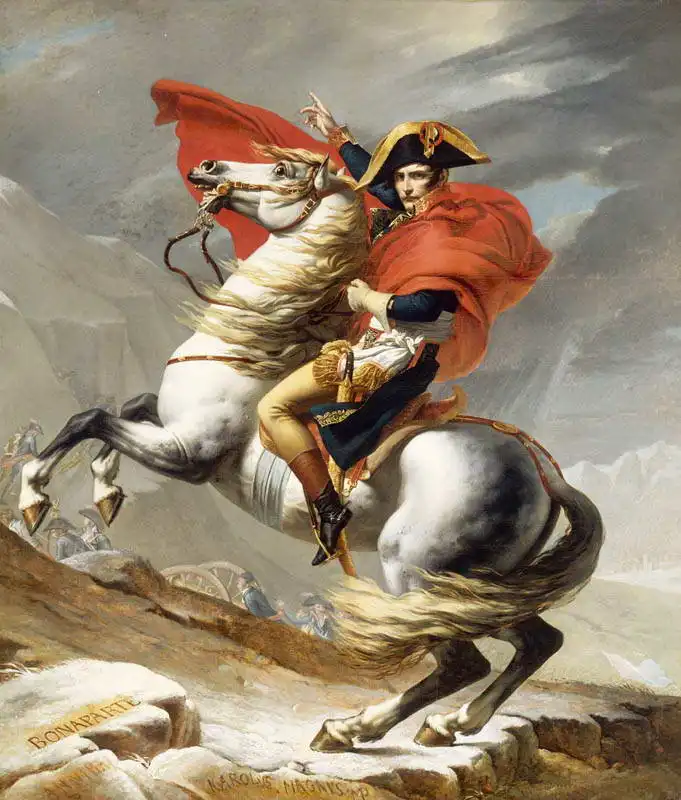About this finishing
Print. The image is printed on the top quality 10-ink HP Z9PS printer on HP matte 270 g / m2 paper. You can choose any size to an accuracy of 1 cm. A margin of 5 cm around the image is added to the size of the motif.


You can find a detailed description about our finishings
here.
Napoleon crossing the Alps at
Date:
19th centuryMedium:
oil on canvasLocation:
Chateau de Versailles, FrancieDimensions:
271 x 232The equestrian portrait of Napoleon by French
classicist painter Jacques-Louis David, also known as Napoleon in Saint-Bernard, was completed in four months and produced in five versions. These are located in the most important museums and castles in Europe (Château de Malmaison, Charlottenburg in Berlin, Versailles, Belvedere). The painting served primarily as propaganda - it showed Napoleon as a brave general who, at the head of his army, heroically leads men across the rugged peaks of the Alps, whipped by the wind. In fact, the crossing took place in fine weather, and Napoleon did not cross until a few days after the main wave of his troops. It is also worth mentioning the references to the great names of military leaders, which include Napoleon and the names of Hannibal and Charlemagne (see the inscriptions in the lower left corner of the picture).
David painted picture Napoleon crossing the Alps at in 19th century. Prevailing color of this fine art print is vivid and its shape is portrait. Original size is 271 x 232. This art piece is located in Chateau de Versailles, Francie. This image is printed on demand - you can choose material, size and finishing.
Jacques-Louis David (1748-1825). French painter. David lived in a time of political turmoil that affected not only our existence, but also his paintings. Indeed, they predetermined the motives of his paintings. He adapted to the times – during the monarchy, he painted members of the royal family, during the revolutionary republic and in the era of the French Empire, he made portraits of Napoleon. He was attracted by the ideal of beauty of ancient art, and he subordinated his composition and sophistication to this ideal. His work is accurate, error-free, compositionally and technically perfect. He uses light and colour curtly. His paintings helped establish the French Classicist school and became a precursor of
romanticism.


